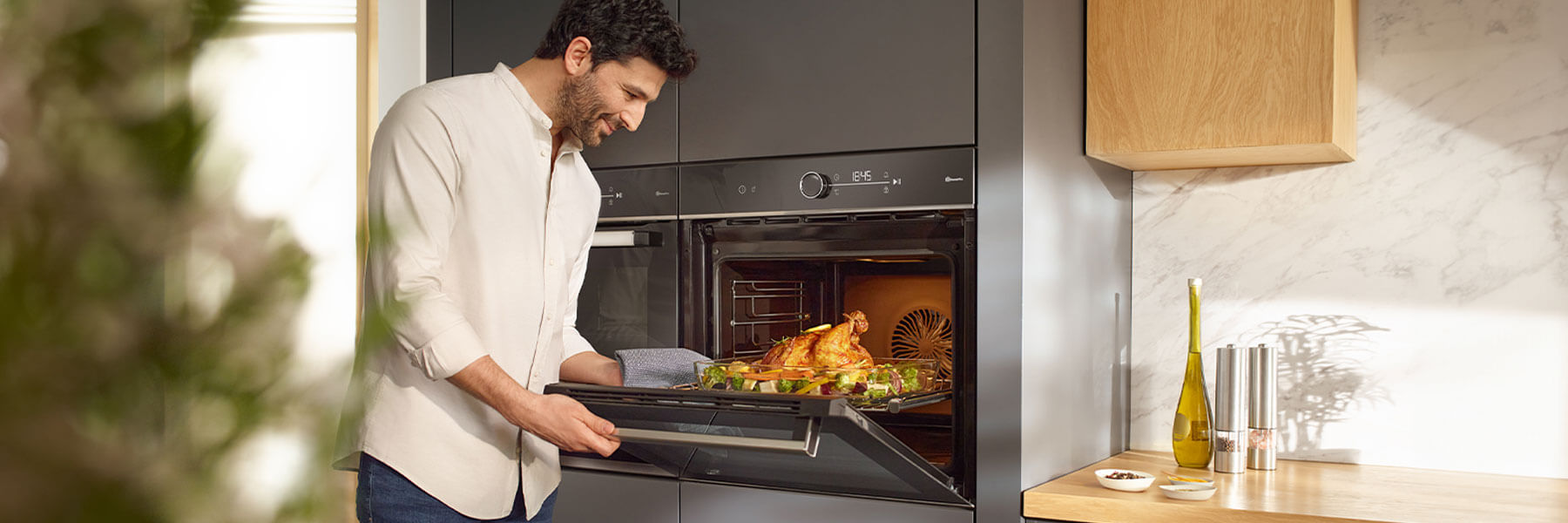
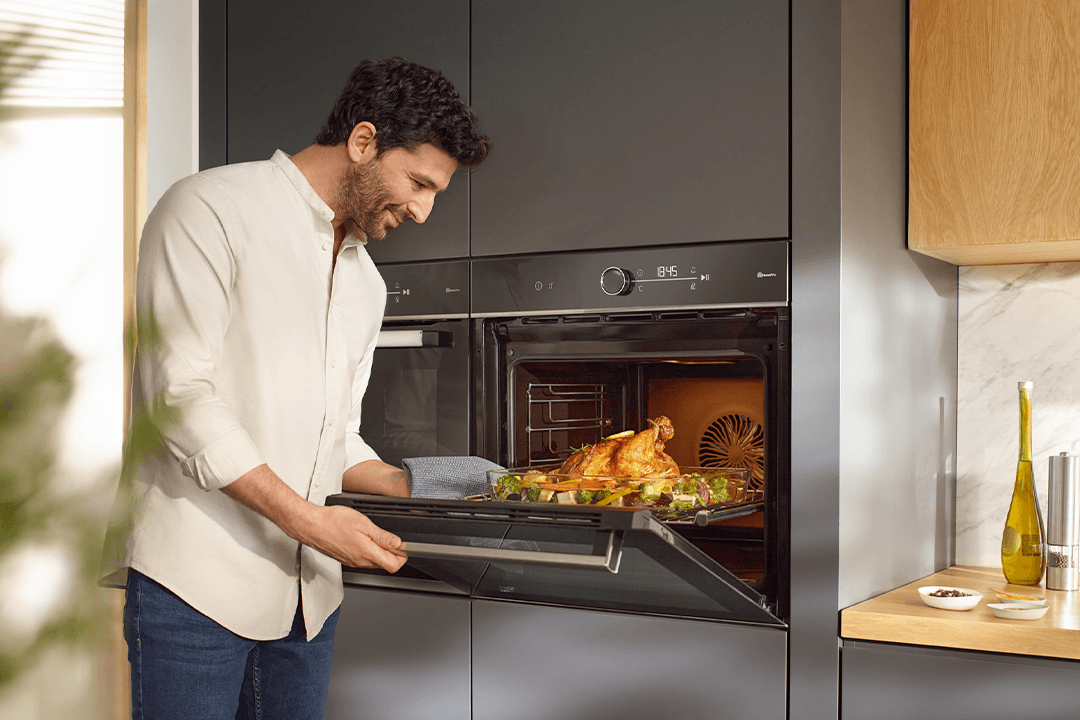
Ovens
Buying Guide
Selecting an oven for your kitchen is a big decision as this appliance is such an important part of our everyday lives. Choosing the right one involves looking at various factors such as type, size, features, budget, kitchen design, and your cooking preferences. This comprehensive guide will walk you through the essential considerations and the pros and cons of different oven types.
Essential Features to look for
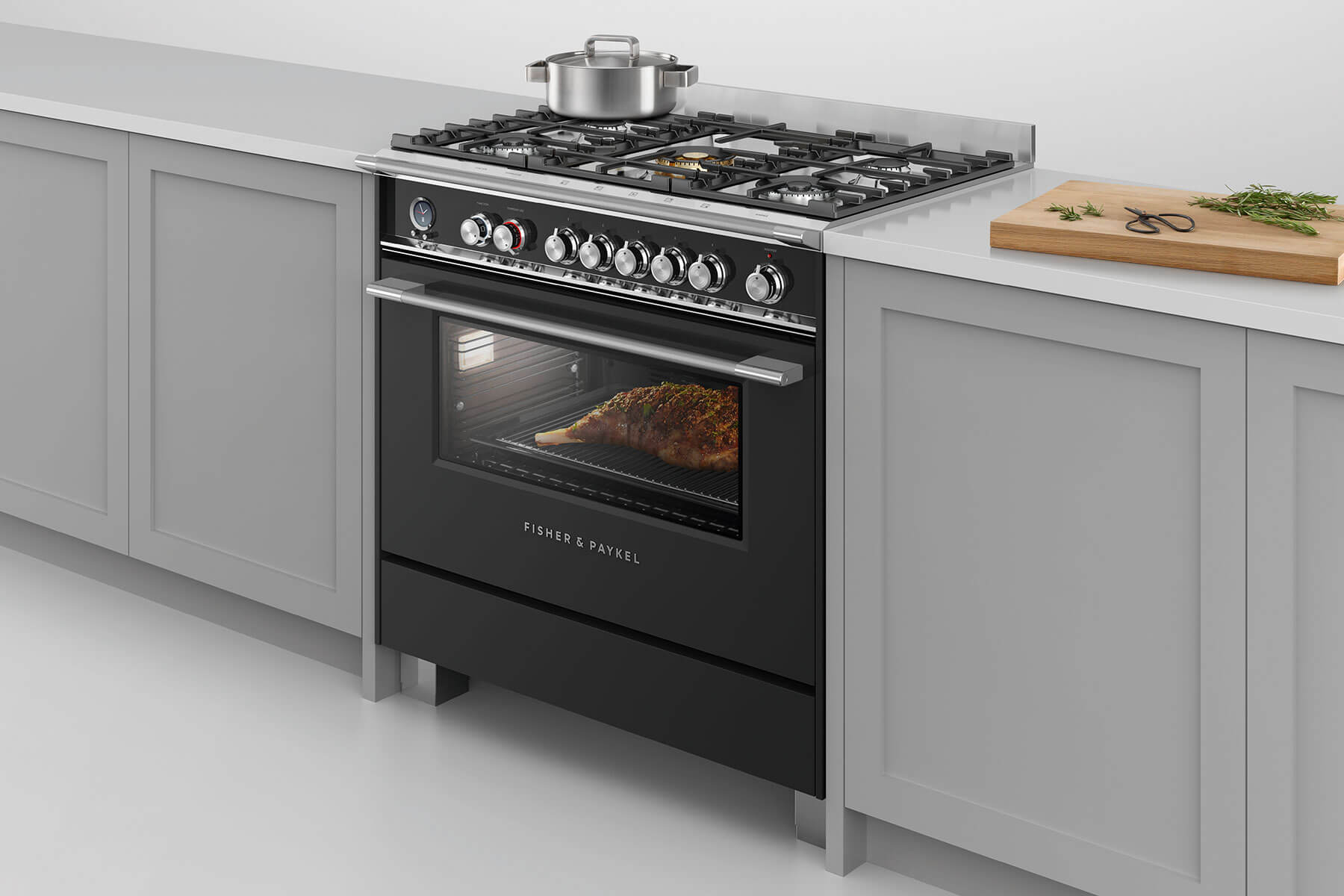
Type of Oven
Whether you’re designing a new kitchen from scratch or replacing an existing oven, the first thing to consider is whether your oven needs to be free-standing or built-in (wall). There are many options here so you need to choose the oven that suits your needs and your kitchen design. Aesthetics will play a big role as a free-standing oven generally suits a more traditional kitchen whereas built-in ovens are usually part of a sleek, contemporary kitchen design.
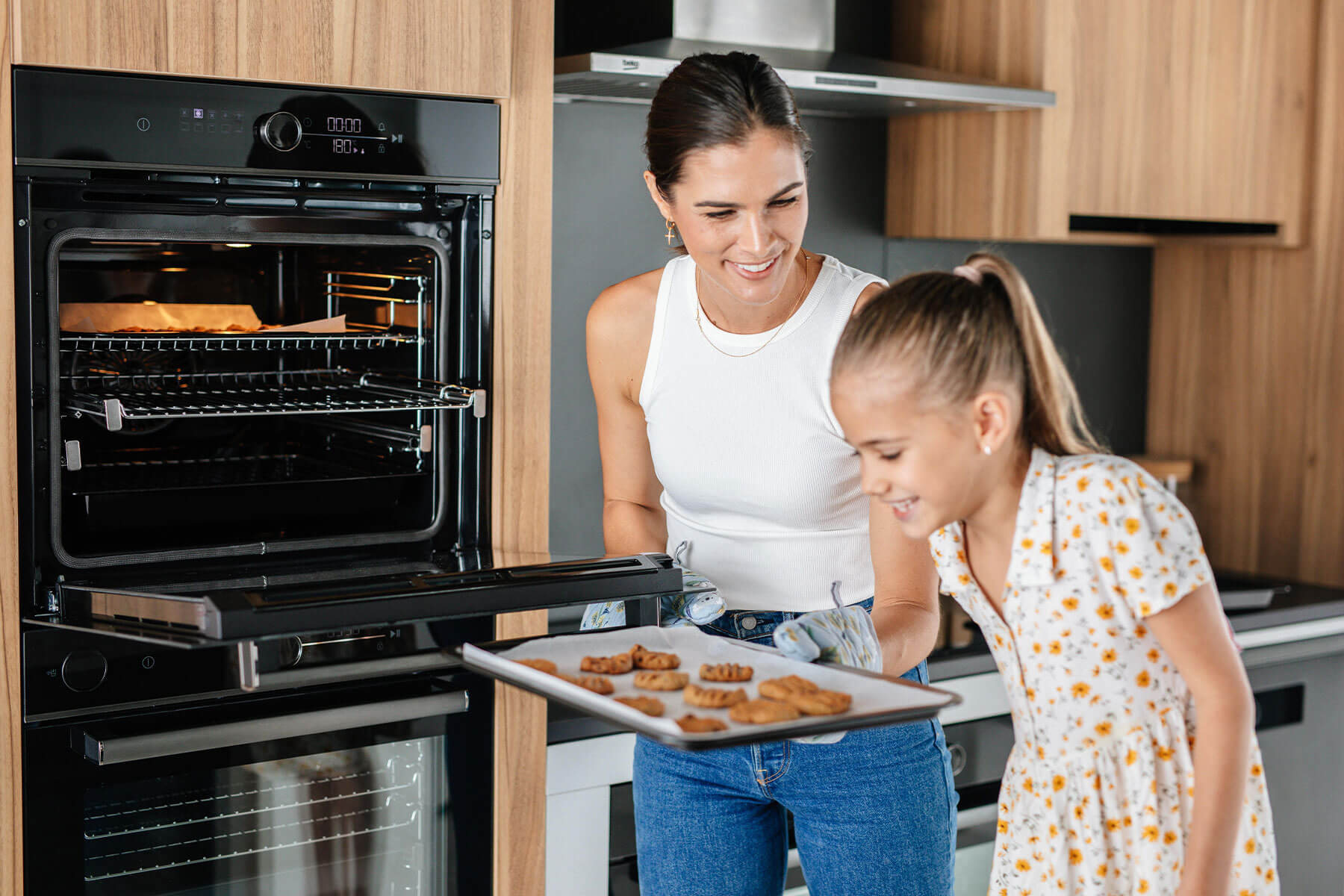
Size and Capacity
Consider the available space in your kitchen and choose an oven that fits, especially if you are replacing an oven and have an existing space/cavity. Think about your family size and how you like to cook – whether you entertain a lot and need a larger internal capacity oven or perhaps a double oven.
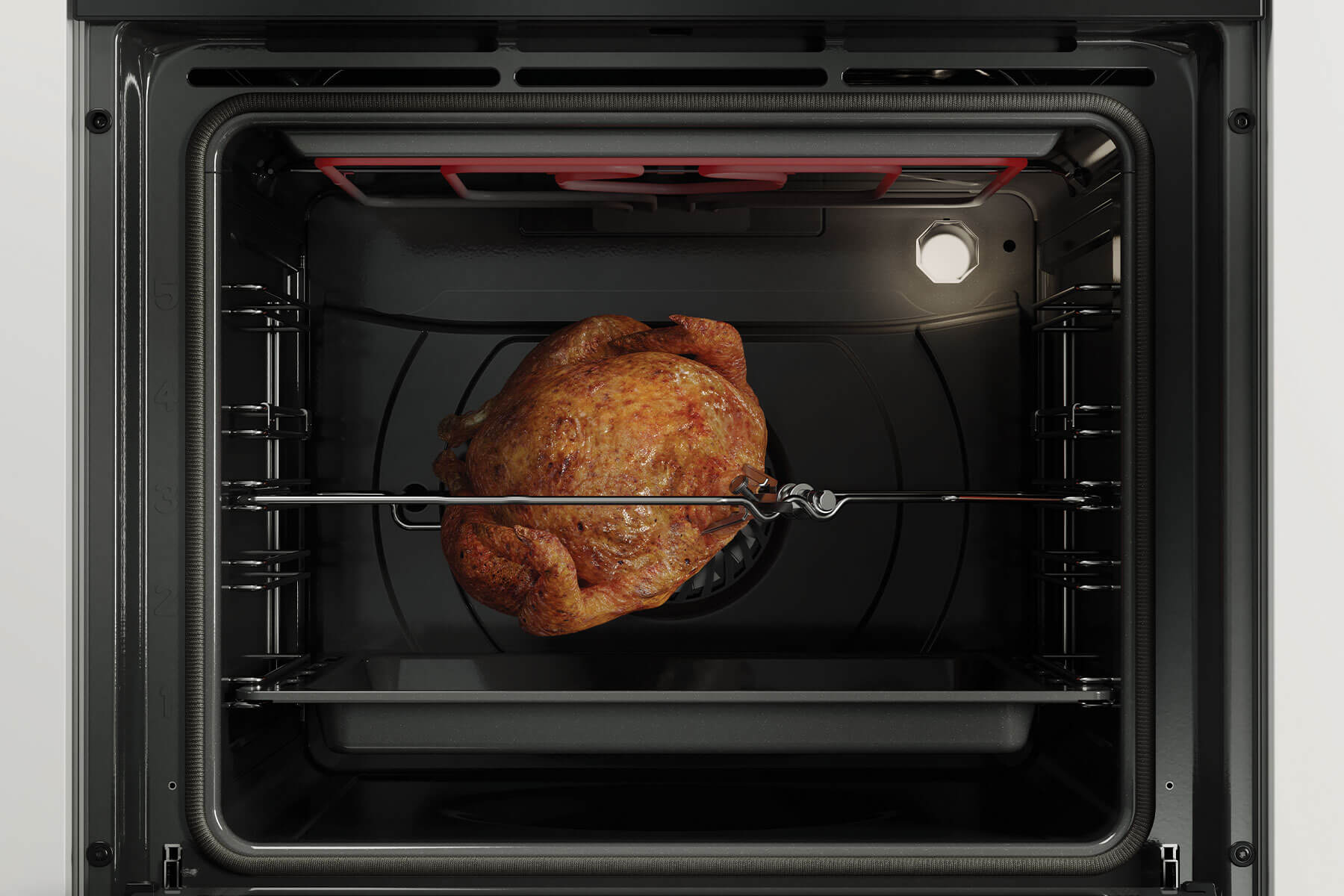
Features
Most modern ovens offer so many oven functions and features that it can feel overwhelming. You need to do your research and think about what you need for yourself and your lifestyle. Do you require a self-cleaning technology (pyrolytic feature), an oven that has a delayed start function, or an air-fryer or rotisserie function? Is having a touchscreen and ‘smart oven’ important to you and do you want a multitude of cooking options – some ovens have up to 23 choices?
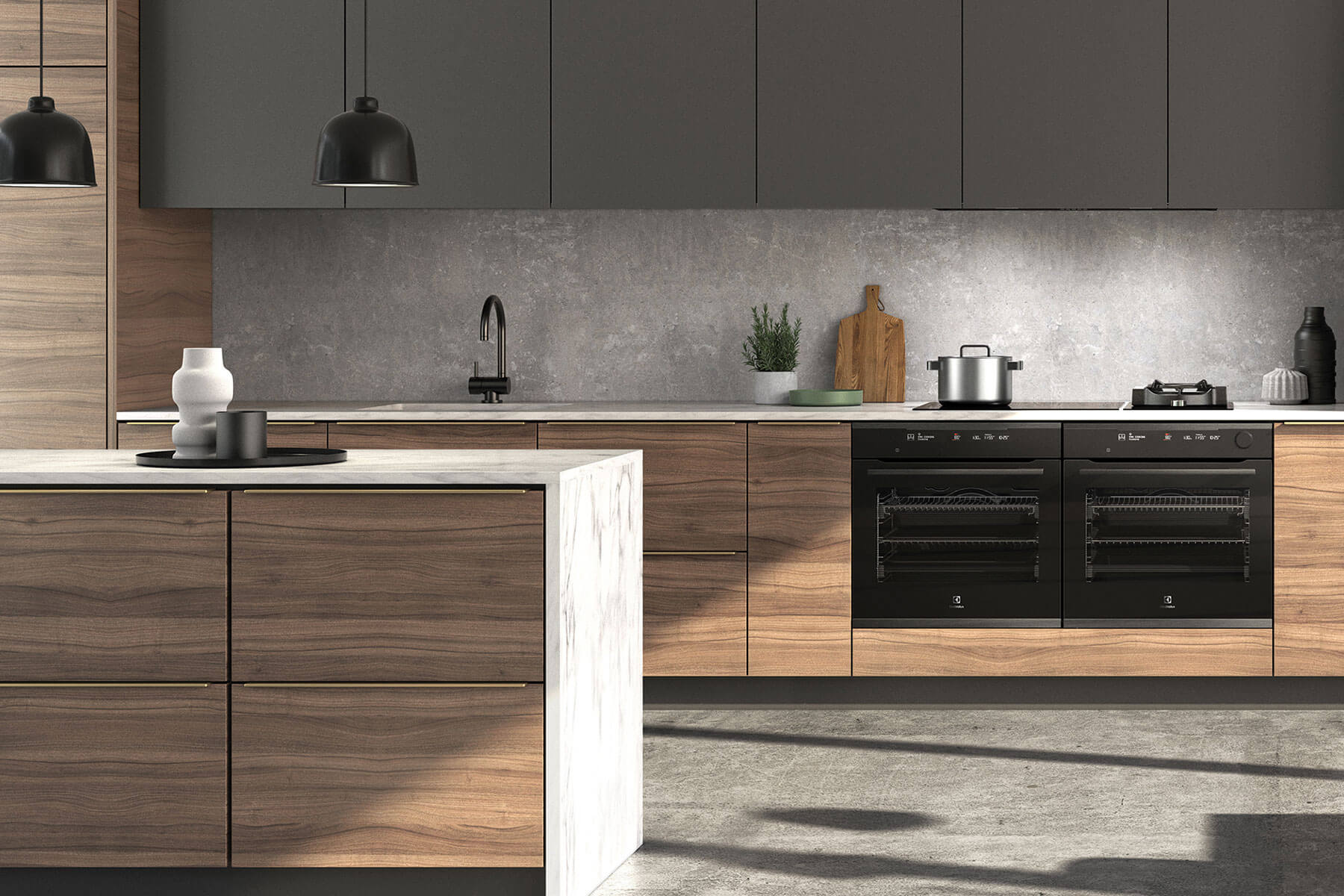
Energy Efficiency
Energy Star Certification: In New Zealand, the Energy Efficiency and Conservation Authority (EECA) administers label compliance. Look for an oven with a high energy star rating as this indicates that it does its job efficiently. The lower the energy consumption, the higher the star rating.
Additional Considerations
Brand Reputation
Choose reputable brands known for their quality and durability. Do your homework and compare brands - look at product reviews, research online, and speak to friends who are foodies and love to cook.
Warranty and After-Sales Service
Examine warranty terms and after-sales service. A robust warranty reflects the manufacturer's confidence in the product's durability, providing you with peace of mind.
Price vs. Long-Term Savings
While budget constraints are a factor, view your purchase as a long-term investment. Energy-efficient ovens may have a higher initial cost but can yield substantial savings over the appliance's lifespan.
Exploring Different Types
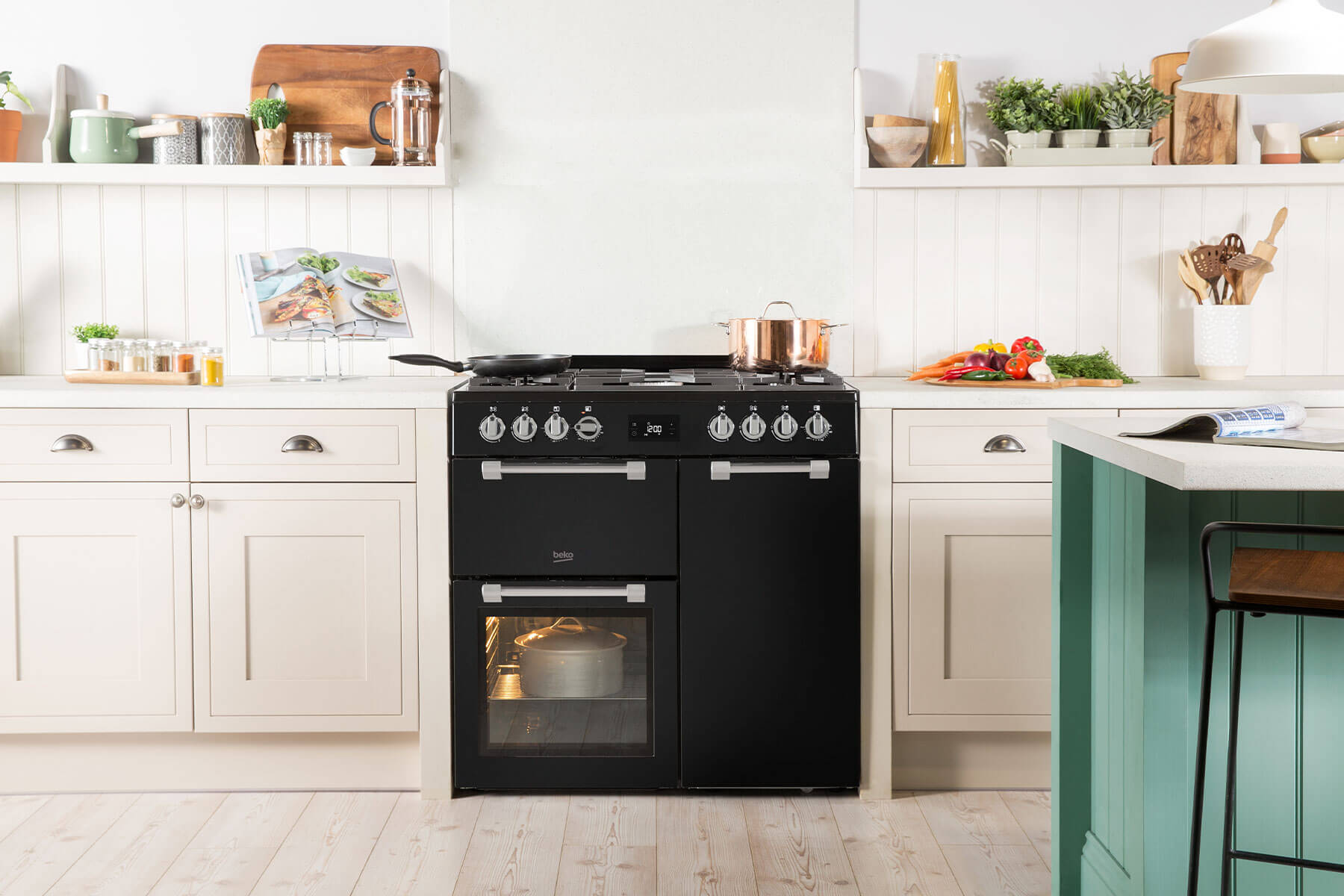
Free-Standing Ovens
A free-standing oven is a versatile kitchen appliance that combines a cooktop and an oven in a single unit. Unlike built-in ovens, free-standing ovens aren't confined to specific cabinetry and can be placed anywhere in your kitchen. They come in various sizes and styles, which means they could suit either a more traditional farmhouse-style kitchen or a sleeker more industrial-type kitchen design.
Features and Benefits
Easy Installation and Relocation
No Renovation Required: The best part about free-standing ovens is that they don't require built-in cabinetry or specific kitchen layouts. Plus if you ever decide to change your kitchen layout or move to a new home, your free-standing oven can come along without major headaches.
All-in-One Convenience
Enjoy the convenience of having both a cooktop and an oven in one unit enabling you to do all your cooking in the same zone. Plus some brands offer the option of being able to choose, electric, gas, or induction cooktops.
Cost-Effective Option
Free-standing ovens are often more budget-friendly compared with built-in models, and remember you will need to buy a separate cooktop as well with a built-in model.
Size Matters
Consider the oven's capacity based on your cooking needs. If you love hosting dinner parties or have a large family, a generous capacity might be beneficial. Free-standing ovens offer a number of size options with some big enough for the roast turkey and some small enough to fit into small bach kitchens. There are even brands whose free-standing models offer more than one oven as well as warming drawers.
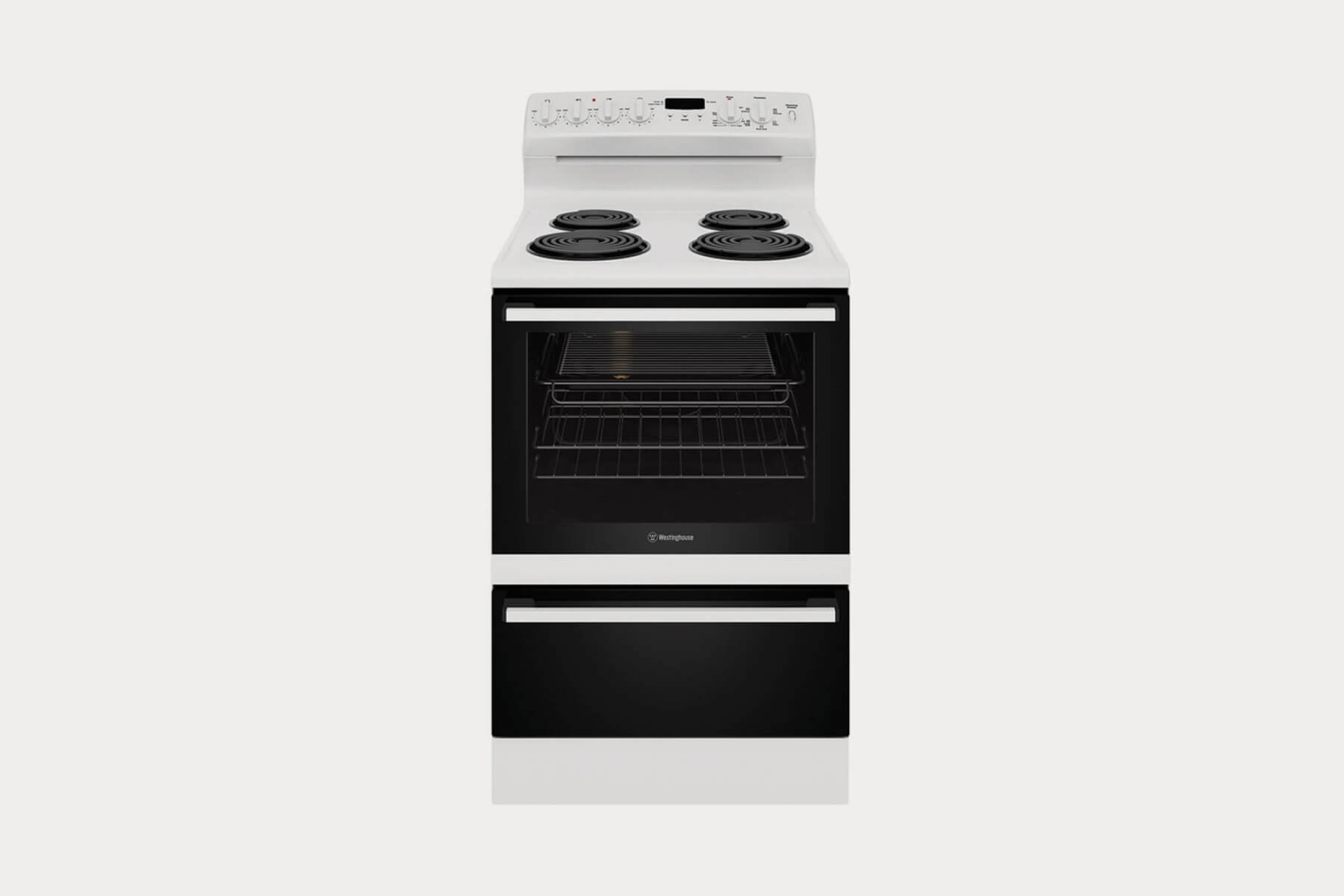
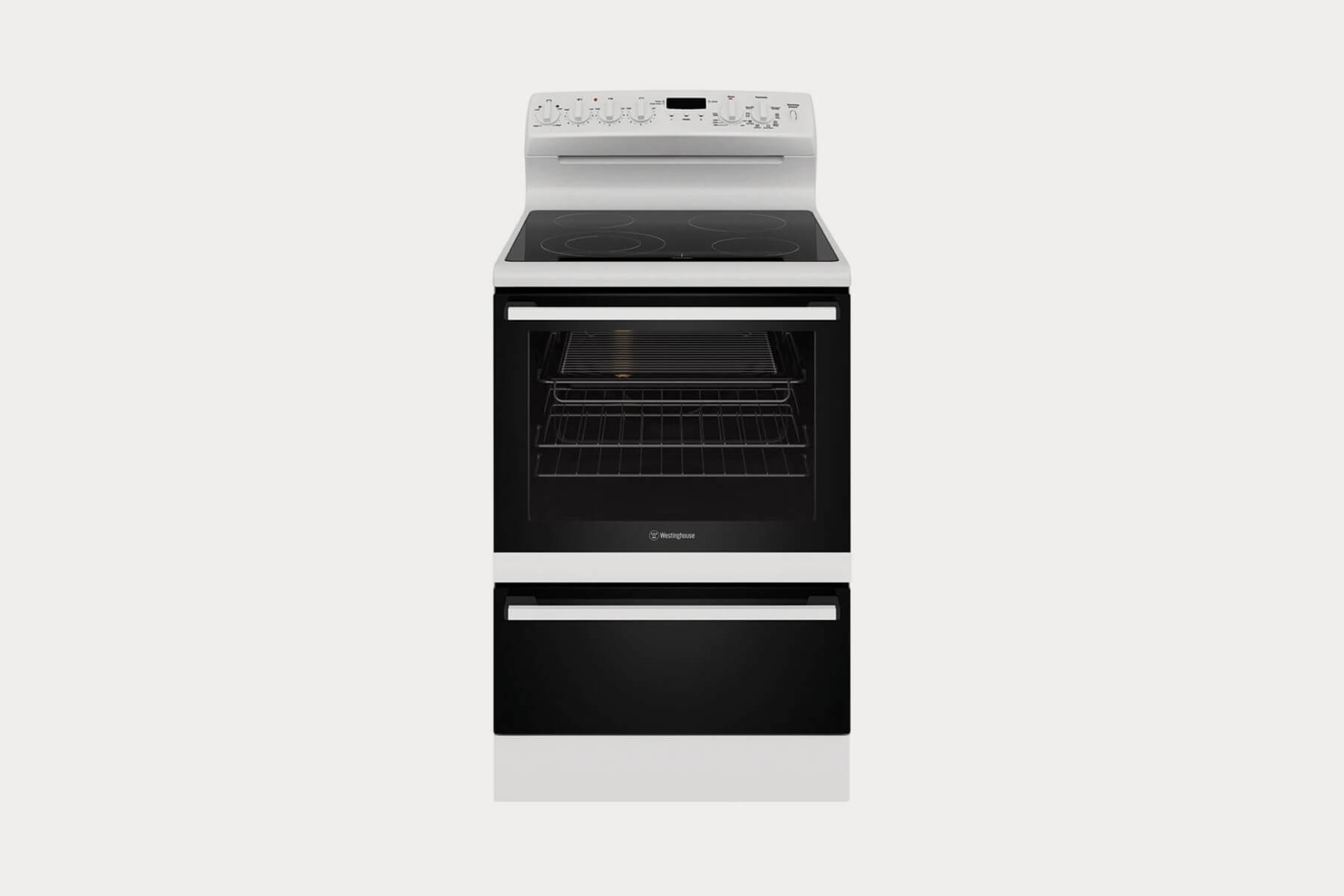
Cooking Options
Explore models that offer additional features such as convection cooking or multiple cooking zones, and smart technology. Some models come with innovative functions to enhance your cooking experience.
Again this depends on how you like to cook and your lifestyle.
Regular Electric Ovens
These utilise one or more heating elements, usually located at the bottom and/or top of the oven, and the heat that radiates from the elements, provides consistent temperatures for baking and roasting. These types of ovens are generally more affordable than other oven types and are easy to use with straightforward controls. Some ovens offer both this feature and the fan feature option as outlined under Convection ovens, which allows the user to choose the best cooking method for a particular dish.
Convection Ovens
These ovens are equipped with a fan that circulates hot air, promoting even cooking by reducing hot spots. This results in faster cooking and are great for baking, roasting, and crisping due to even heat distribution. These ovens can save energy and reduce overall cooking durations plus offer improved browning and crisping of foods due to the fan's even heat distribution.
Key Advantages
Free-standing ovens are versatile and can be placed anywhere in the kitchen without the need for built-in cabinetry. They offer a choice of cooktops and offer a wide range of sizes and style options.
Downsides
Limited Aesthetics: May not offer the seamless, integrated look of built-in ovens.
Space Requirement: Takes up more floor space compared to built-in models.
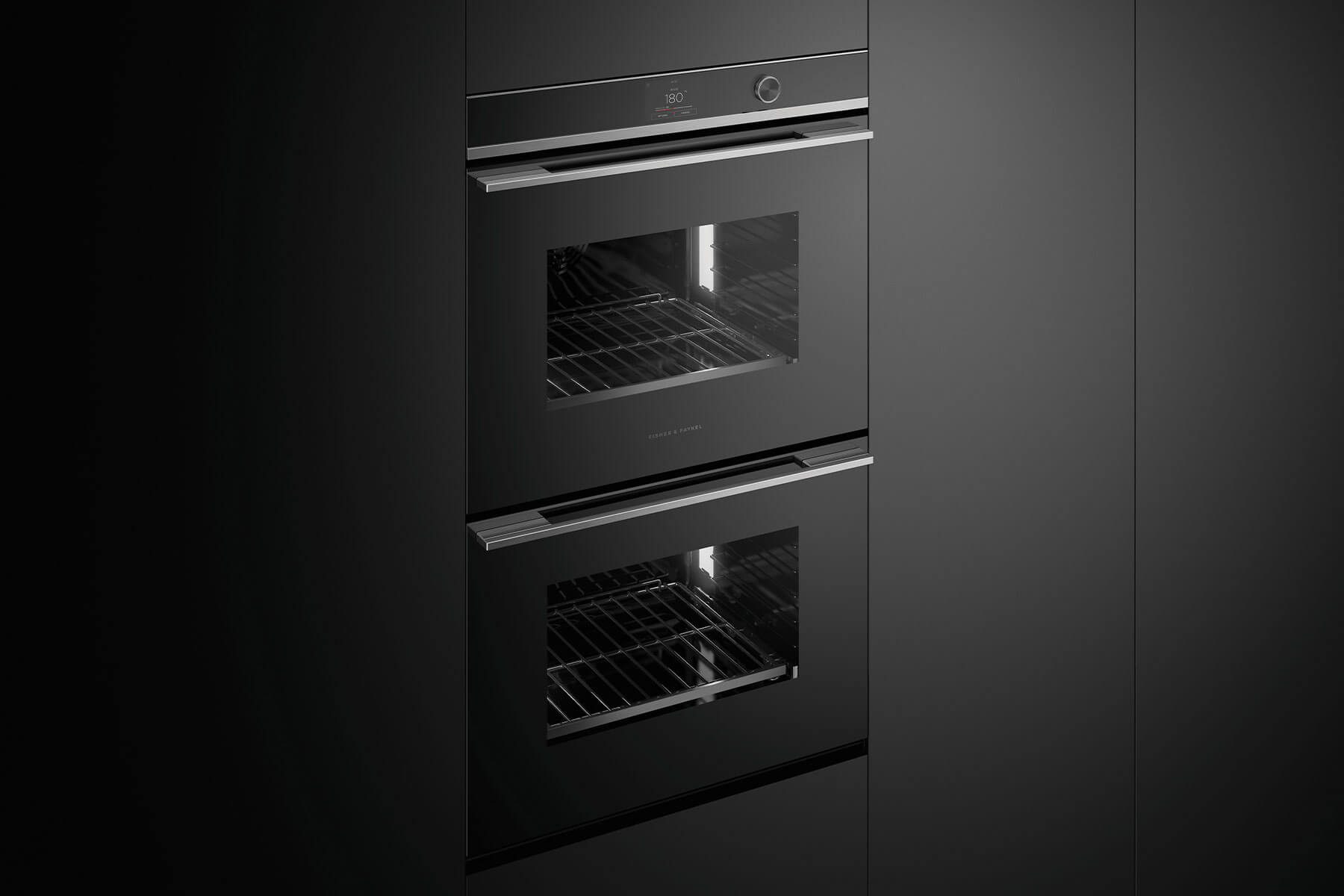
Built-In or Wall Ovens
A built-in or wall oven is a sleek and integrated appliance that is seamlessly installed within your kitchen cabinetry. Unlike free-standing ovens, these ovens don't occupy floor space and are designed to enhance the overall aesthetics of your kitchen. They come in various styles and sizes, allowing you to customize your cooking space. There are so many excellent built-in ovens on the market today – and that’s what makes it so hard to choose between them.
Features and Benefits
Aesthetic Elegance
The seamless integration of built-in ovens create a polished and modern look in your kitchen. They blend with your cabinetry, providing a clean and sophisticated appearance. You also have the freedom to choose the design, size, and location within your kitchen to suit your personal needs.
Space Optimisation
If you have a compact kitchen or limited floor space, a built-in oven is a fantastic space-saving solution. It allows you to maximize your kitchen's functionality without compromising on cooking capacity.
Flexible Installation
Built-in ovens offer flexibility in terms of installation and placement. You can choose to install them at eye level for added convenience, especially if you prefer not to bend down when accessing the oven. But you can also opt for under counter, wall, side-by-side, double, or single, you get to choose.
Modern Cooking Technologies
Built-in ovens often come equipped with cutting-edge cooking technologies. From convection, steam, or a combination of both, smart features, these ovens bring modern conveniences to your kitchen. Some offer air-fryer and dehydration features and many have pyrolytic self-cleaning as an option.
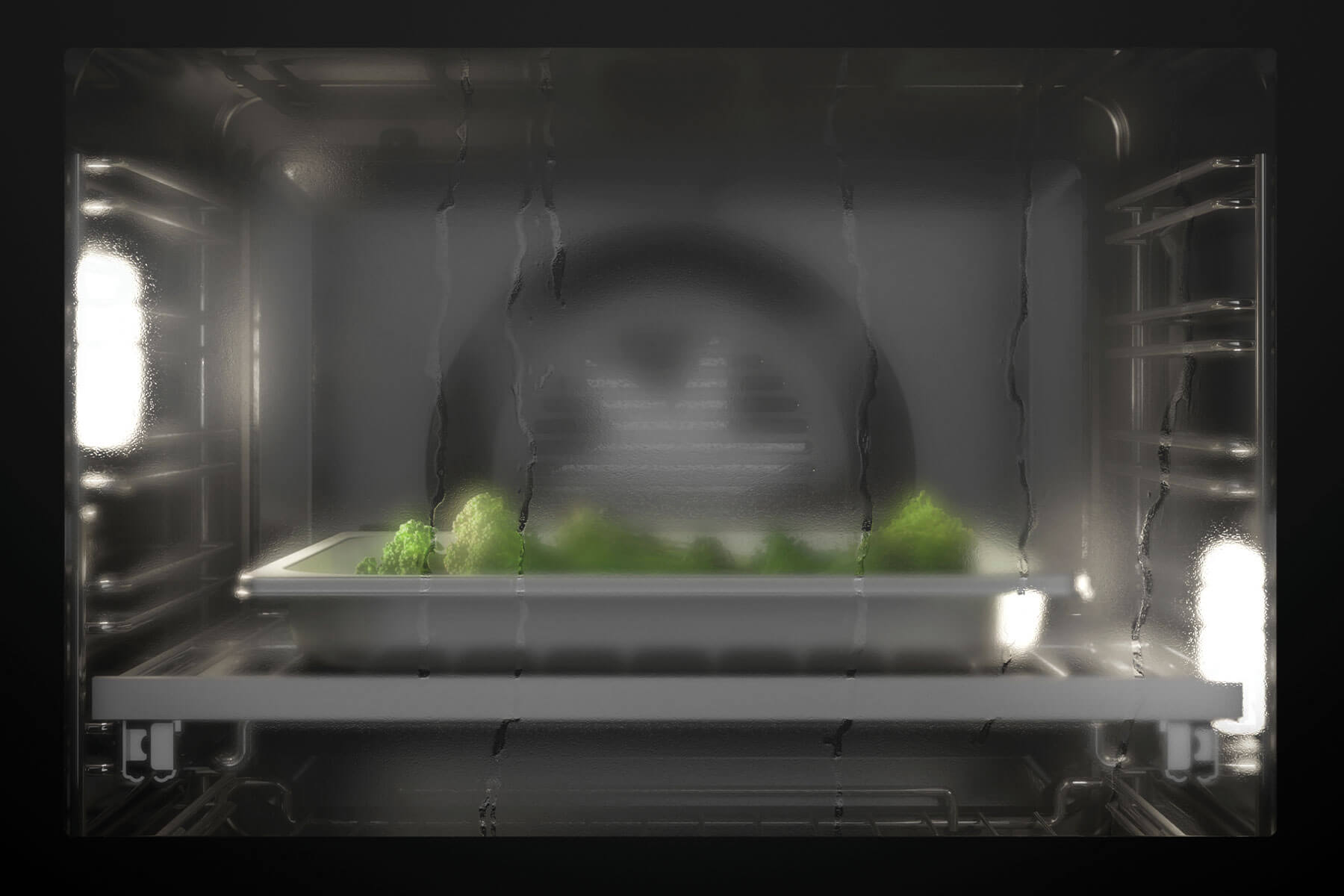
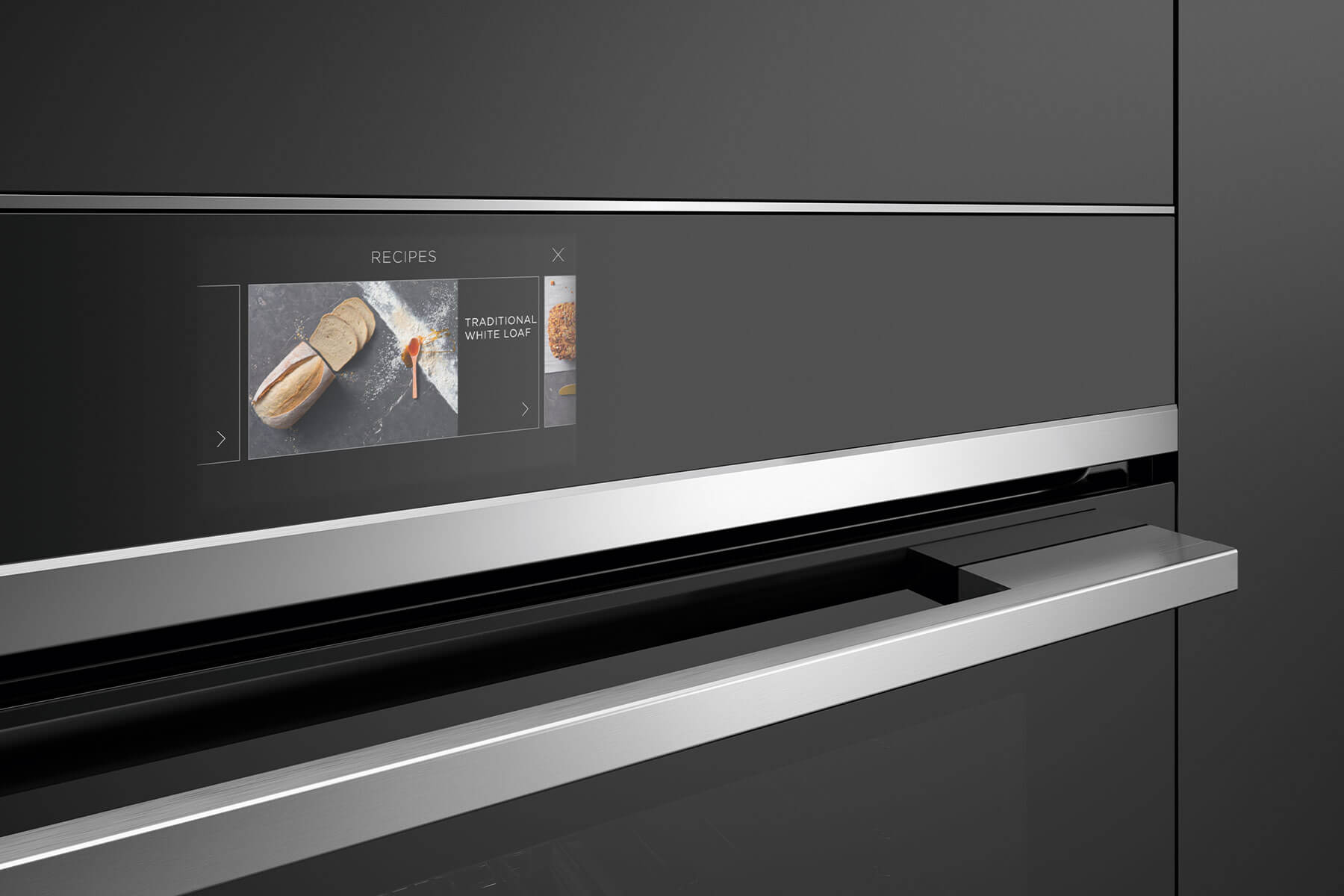
Cooking Options
Advanced Cooking Options
Explore models that offer additional features such as convection cooking, multiple cooking zones, and smart technology. Some models come with innovative functions to enhance your cooking experience.
Regular Electric Ovens
These utilise one or more heating elements, usually located at the bottom and/or top of the oven, and the heat that radiates from the elements, provides consistent temperatures for baking and roasting. These types of ovens are generally more affordable than other oven types and are easy to use with straightforward controls. Some ovens offer both this feature and the fan feature option (fan grill, fan bake or fan forced) as outlined under Convection ovens, which allows the user to choose different cooking styles.
Convection Ovens
These ovens are equipped with a fan that circulates hot air, promoting even cooking by reducing hot spots. This results in faster cooking and is great for baking, roasting, and crisping due to even heat distribution. These ovens can save energy and reduce overall cooking durations plus offer improved browning and crisping of foods due to the fan's even heat distribution.
Steam Ovens
These have a water reservoir to generate steam for cooking and are ideal for maintaining moisture in foods, preventing them from drying out. This cooking method retains more nutrients than conventional methods and minimises the need for added fats. Steam ovens are suitable for cooking various dishes, and are ideal for vegetables, fish, and grains.
Combination Steam/Convection Ovens
This oven type allows users to switch between steam, convection, or a combination of both, offering precise temperature control for various cooking methods. This oven provides the benefits of both steam and convection cooking for diverse culinary options.
Key Advantages
Wall or built-in ovens provide a sleek, integrated appearance with your kitchen cabinetry. Offering space efficiency and flexibility, these types of ovens are versatile enabling them to be under the counter or mounted at eye level. In addition, they come with a glass front and sleek appearance for easy cleaning.
Downsides
The upfront cost can be more expensive than a free-standing oven and there is more installation complexity, requiring professional installation. Once installed, changing the oven's location can be challenging.
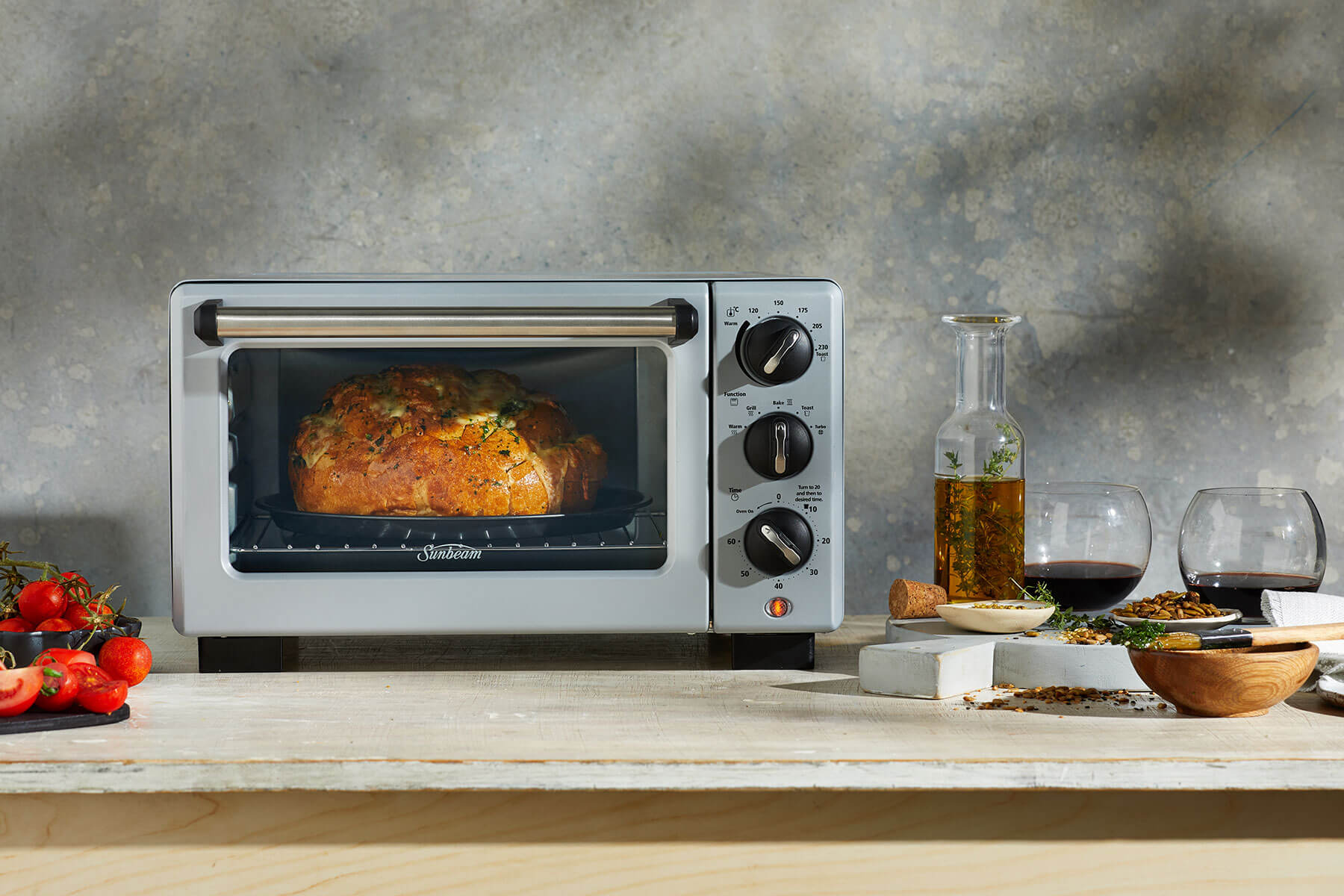
Bench Top Ovens
An oven guide would not be complete without looking at bench-top ovens. They might be small, but trust me, they're packing some serious kitchen magic. They could be just the answer for small compact kitchens or someone requiring an extra oven and not wanting to undergo a renovation. Small size, big possibilities – that's their motto!
Features and Benefits
Compact Size
Bench-top ovens come in different sizes, but they punch above their weight being able to do a lot despite being small. Designed to fit on your kitchen counter, bench-top ovens are space-efficient, making them ideal for small kitchens or as supplementary cooking appliances.
Versatile
These ovens aren't one-trick ponies. They can bake, roast, toast, air-fry, and grill – it's like having a kitchen sidekick with multiple talents! Most have adjustable temperature settings and integrated timers allow you to set cooking durations.
Easy to clean
Removable trays, non-stick surfaces, and crumb trays simplify post-cooking cleanup, reducing the effort required for maintenance.
Energy Efficient
Most have quicker preheating times and cooking durations compared to larger ovens, allowing for faster meal preparation and energy savings.
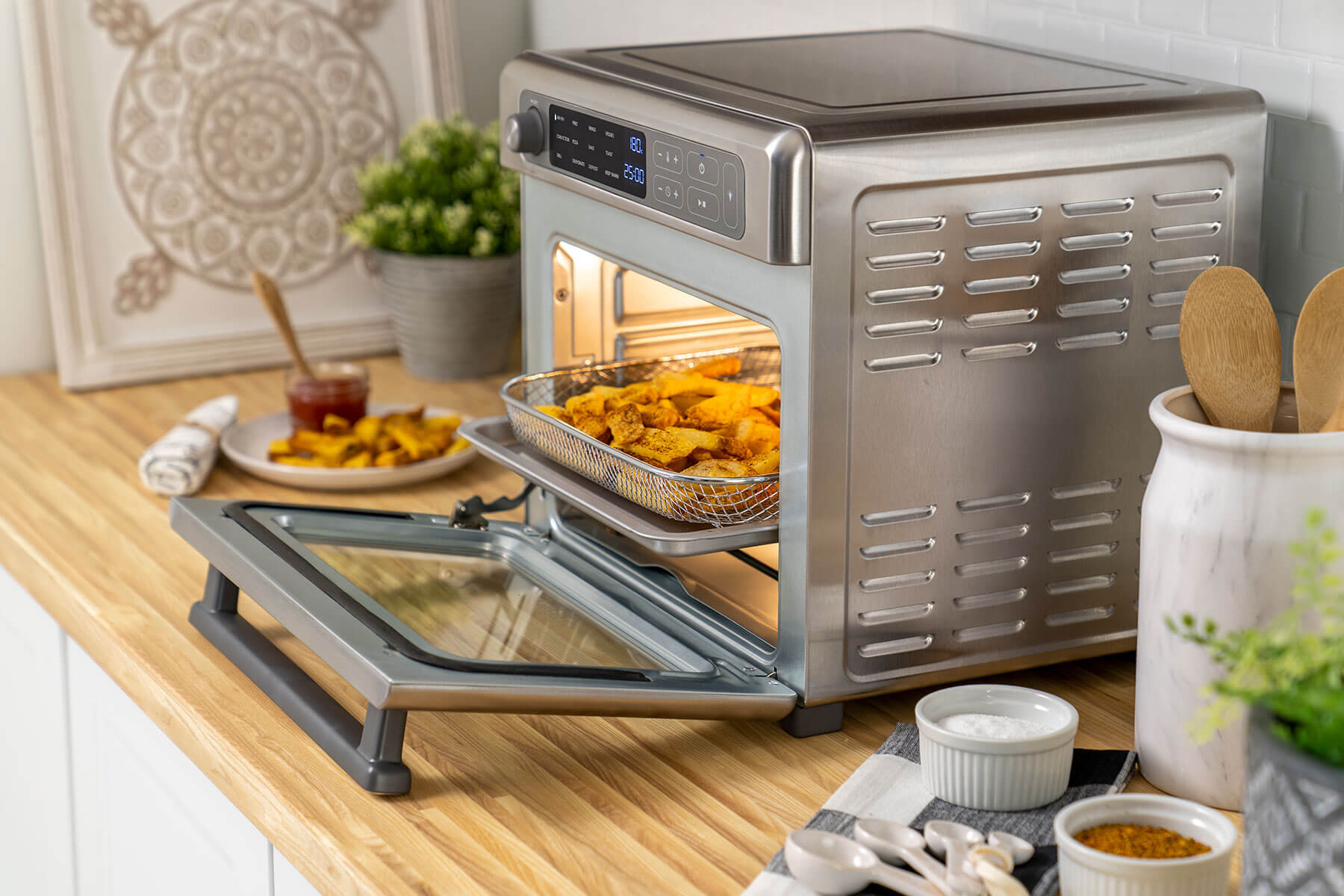
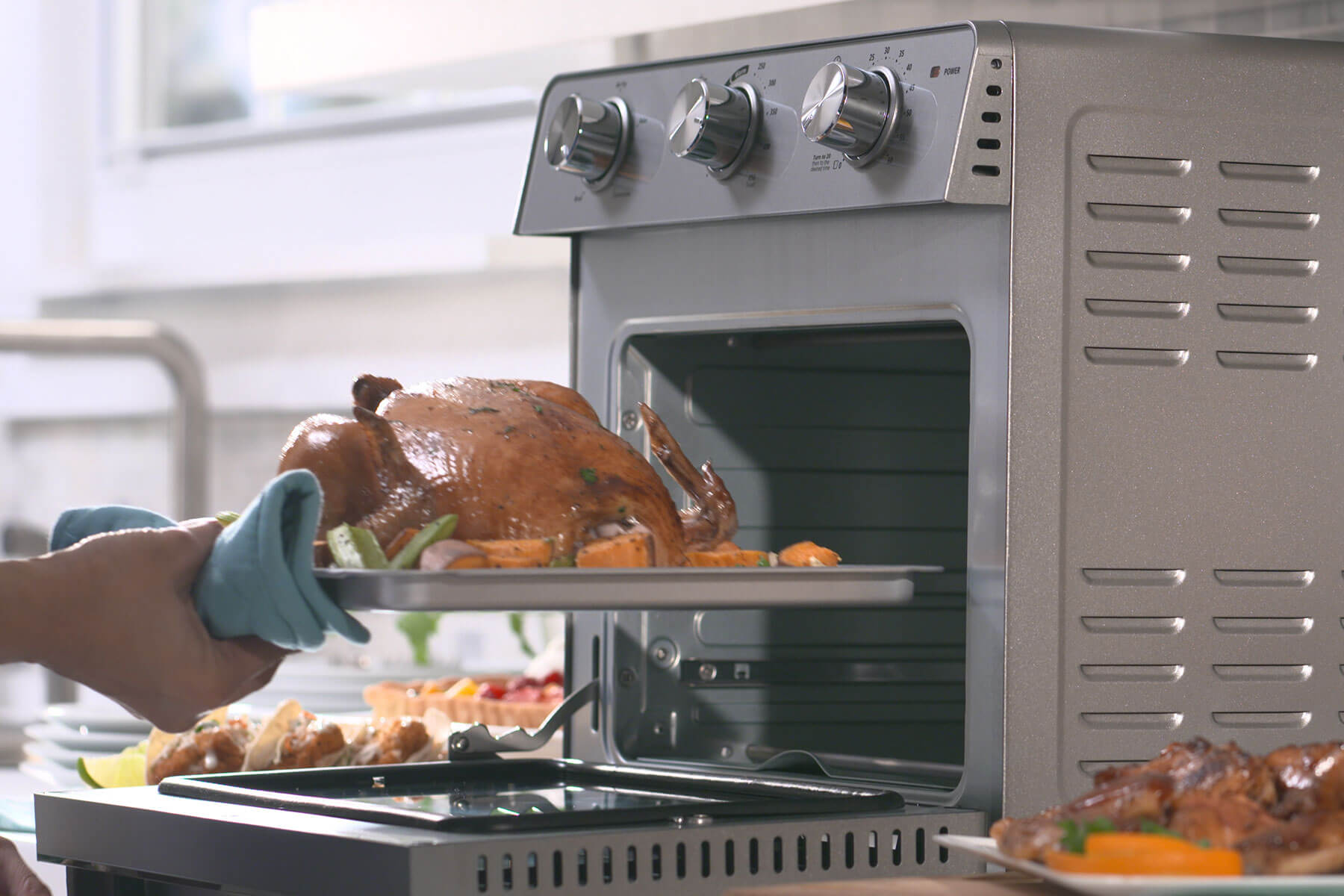
Key Advantages
Perfect for small kitchens or as supplementary cooking appliances, benchtop ovens offer multiple cooking functions. Shorter heating and cooking times make them more energy efficient and the easy clean-up provides max convenience for busy lifestyles.
Downsides
Size limitation mean you can’t accommodate large dishes or multiple items simultaneously. Although versatile, these can’t completely replace the functionalities of full-sized ovens for certain cooking tasks.
By considering these factors, you can make an informed decision when choosing the perfect oven for your kitchen. Whether you prioritize aesthetics, cooking technology, or budget constraints, finding the right oven will enhance your culinary experience and meet your cooking needs.